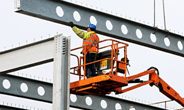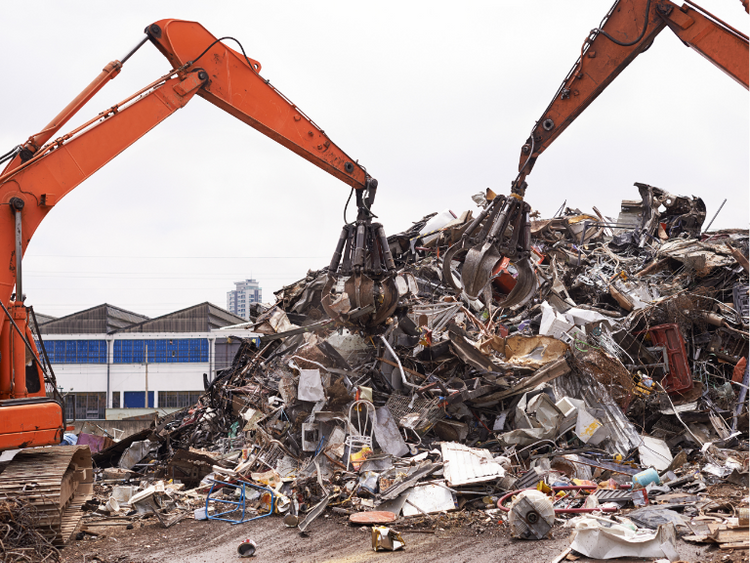Analysis

July 16, 2021
AGC: U.S. Construction Employment Still Lagging Pre-pandemic Levels
Written by David Schollaert
Construction employment trails pre-pandemic levels in more than three-quarters of U.S. states, reports the Associated General Contractors of America in its latest analysis of government data.
June’s employment totals in 39 states show that the construction sector remained below the levels reached before the pre-pandemic peak in February 2020. Supply chain challenges and rising materials prices are undermining demand for new projects and impacting firms’ ability to hire new workers, AGC said.
“The construction industry is a long way from full recovery in most states, in spite of a hot homebuilding market in many areas,” said Ken Simonson, AGC’s chief economist. “Soaring materials costs, long production times for key items, and delayed deliveries are causing owners to postpone projects.”
From February 2020 through last month, construction employment increased in only 11 states and was flat in the District of Columbia as a direct result of COVID-19-related closures. New York shed the most construction jobs over the period, cutting 54,300 jobs or a 13.3% loss, followed by Texas and California. Wyoming recorded the largest percentage loss, at 15.3% or 3,500 jobs, followed by Louisiana and New York.
Over that same period, some states saw construction jobs added. Utah added the most at 6.1% or 7,000 to payrolls, followed by Idaho, South Dakota, and Rhode Island. The largest percentage gain was in Idaho, followed by Utah, Rhode Island, and South Dakota.
In the second quarter, construction employment was spilt across the U.S. In total, 24 states saw construction employment rise, 25 states fell, while D.C. and Maine were sideways. The largest decline during the period ending in June was New York, which lost 6,900 construction jobs or 1.9%, followed by Pennsylvania and Texas. The steepest percentage declines since May occurred in Vermont, down 3.5% or 500 jobs, followed by New York, Alabama, and North Dakota.
Georgia added the most construction jobs in Q2, up 2.9% or 5,700 jobs, followed by Kentucky and Florida. Kentucky had the largest percentage gain at 3.4%, followed by Alaska and Georgia.
Construction employment is unlikely to grow in many parts of the country until the supply chain challenges impacting firms improve, said the AGC. The association detailed once again that these challenges could ease by removing tariffs on key construction materials and ending unemployment supplements, calling on the president and Congress to take action.
“Easing tariffs will help, but what the construction supply chain needs are workers to manufacture the products, ship them to contractors and build the projects the economy demands,” said Stephen Sandherr, AGC’s CEO. “Unemployment supplements helped families survive the pandemic-related lock downs, but they are undermining the post-pandemic recovery.”







